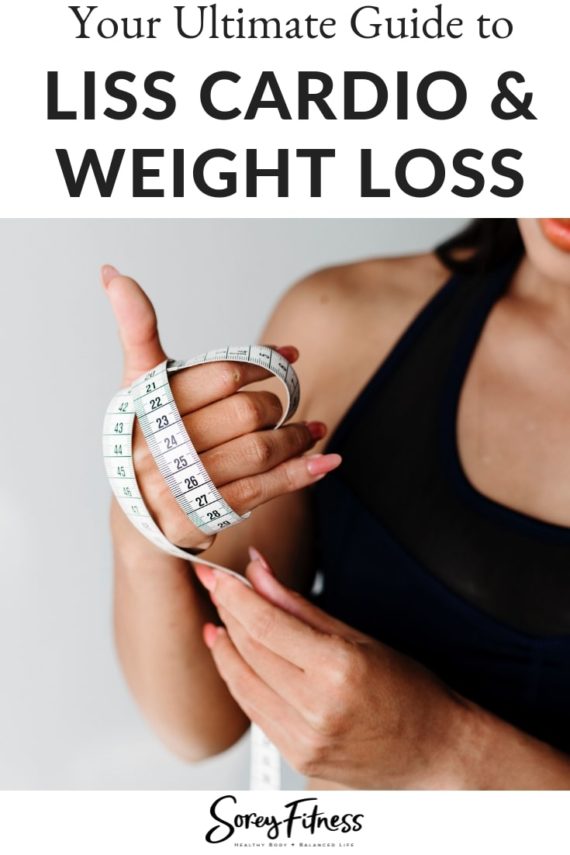What is LISS Cardio? Plus Benefits & How It Compares to HIIT Workouts
This post may contain affiliate links. All opinions shared are my own. As an Amazon Associate I earn from qualifying purchases. Click to view our full disclosure.
All content is created by humans – not AI.
LISS cardio is Low-Intensity Steady State training. This means training continuously at a low intensity – ideally 50-60% of maximum heart rate.

A LISS workout should be around 30 to 60 minutes long. It should involve exercises like cycling, walking and swimming. But the key to LISS is that these exercises should be carried out at a relaxed level.

What are the Benefits of LISS Cardio?
LISS is great for losing weight and burning fat. The reason it’s so effective is that the body needs oxygen to metabolize fat. There is more oxygen available when you’re working at a low intensity than when you push yourself harder.
And the benefits don’t stop there!
Because you’re not pushing yourself to the point of exhaustion, LISS is safe – even if you haven’t exercised for a while. It’s easy to do it every day – a 30-minute walk can work nicely into a lunch break, for example!
One of the biggest benefits of LISS is that it’s easy to stick to. You may find the thought of a punishing, high-intensity workout daunting. A 30 to 60-minute walk or cycle, on the other hand, sounds much more inviting!
You may also like: The 5 Best Weight Loss Workout Plans For Women

LISS Cardio Vs HIIT
HIIT (high-intensity interval training) involves short bursts of hard work, alternated with short rest periods. Because less oxygen is available during this type of training, the body produces less energy from fat and more from other resources (like carbohydrates).
HIIT sessions are short, at around only 20 minutes in length.
LISS cardio requires more time, but is easier to incorporate into your daily routine.
If you want a workout that mixes HIIT and LISS Cardio, we love TurboFire or Core de Force.
Another difference is recovery time. HIIT is so intense that recovery takes far longer. Calories continue to be burnt AFTER the workout, as your body uses energy to return to its pre-exercise state. This doesn’t happen with LISS, where little (if any) recovery time is needed.
LISS may be a better option than HIIT if you are new to exercise, or if your fitness levels are low.
But while LISS is great for initial weight loss, continuous work at a steady state can cause that loss to ‘plateau’. Also, while HIIT increases metabolism, LISS cardio may slow it down.
Ultimately – and depending on your goals – a combination of both may be ideal.




